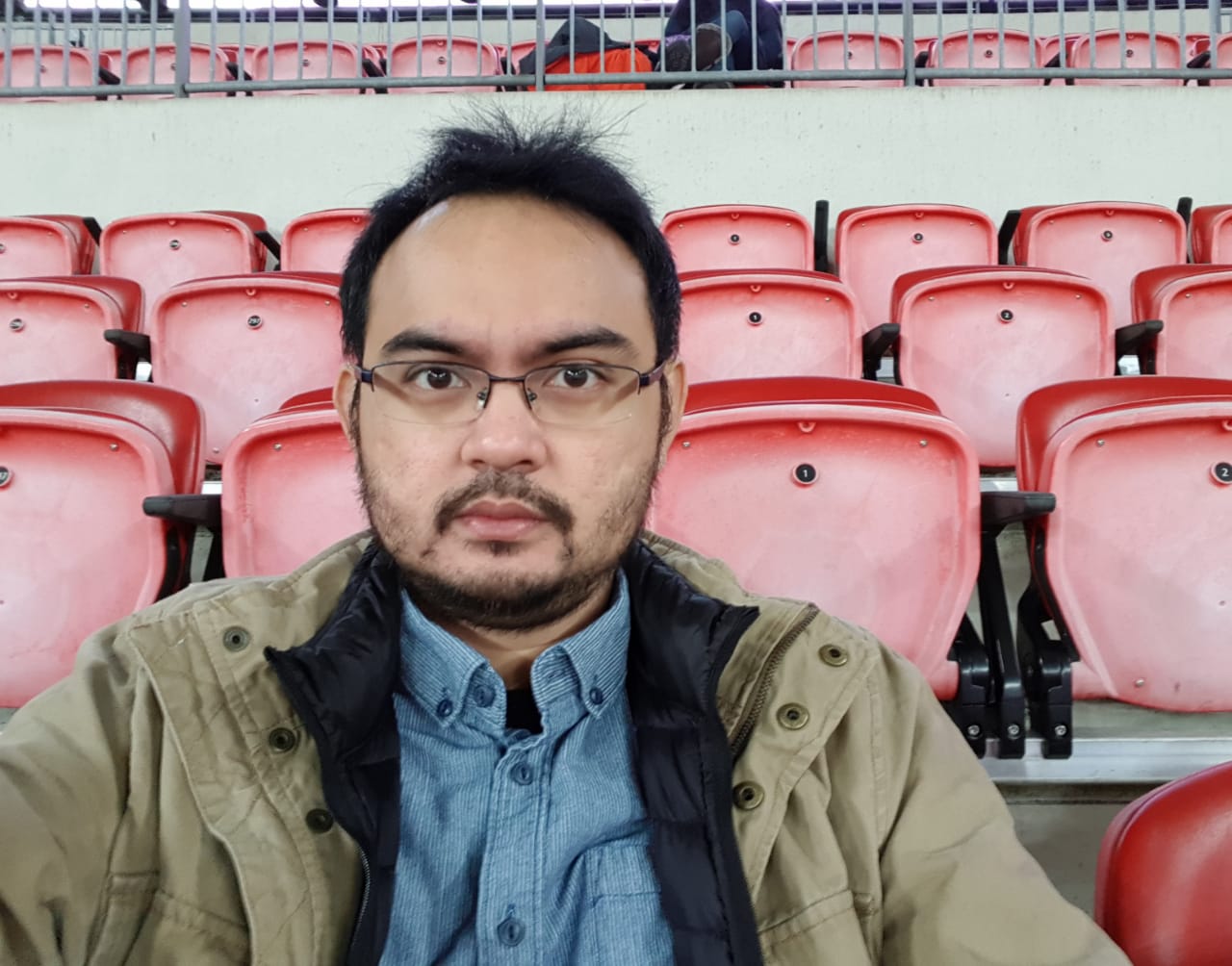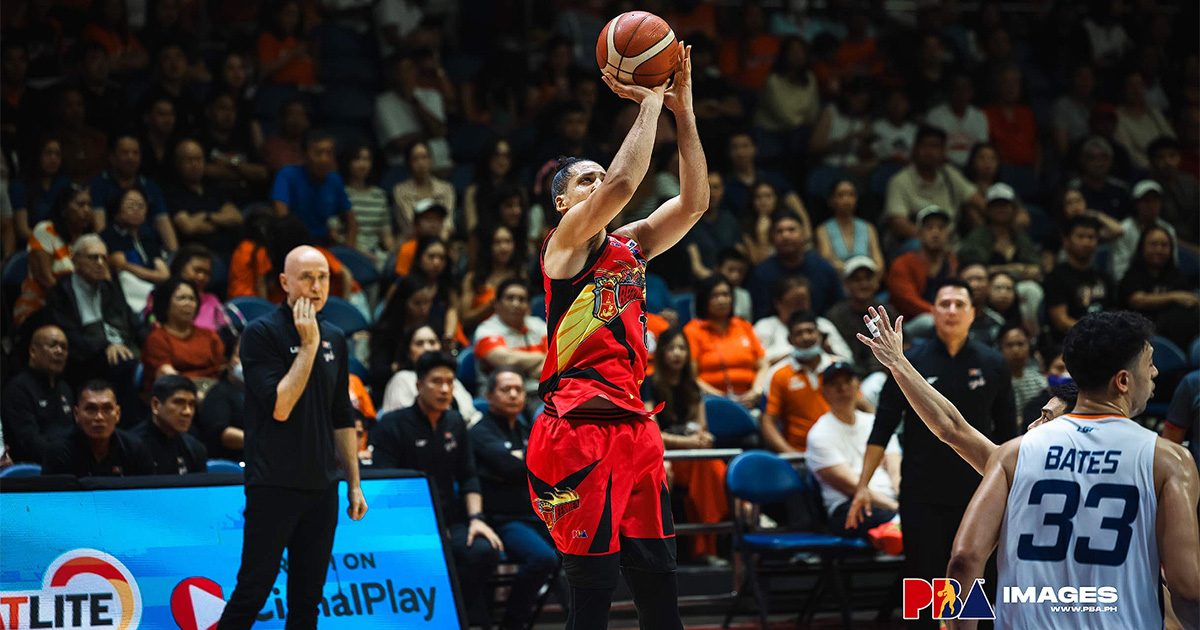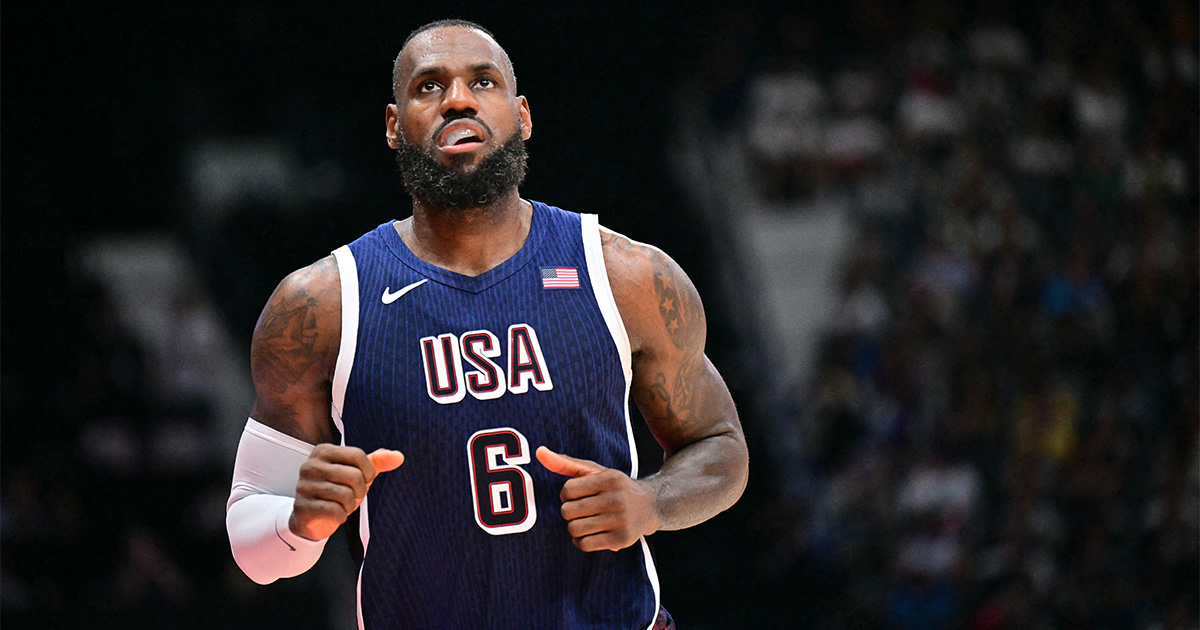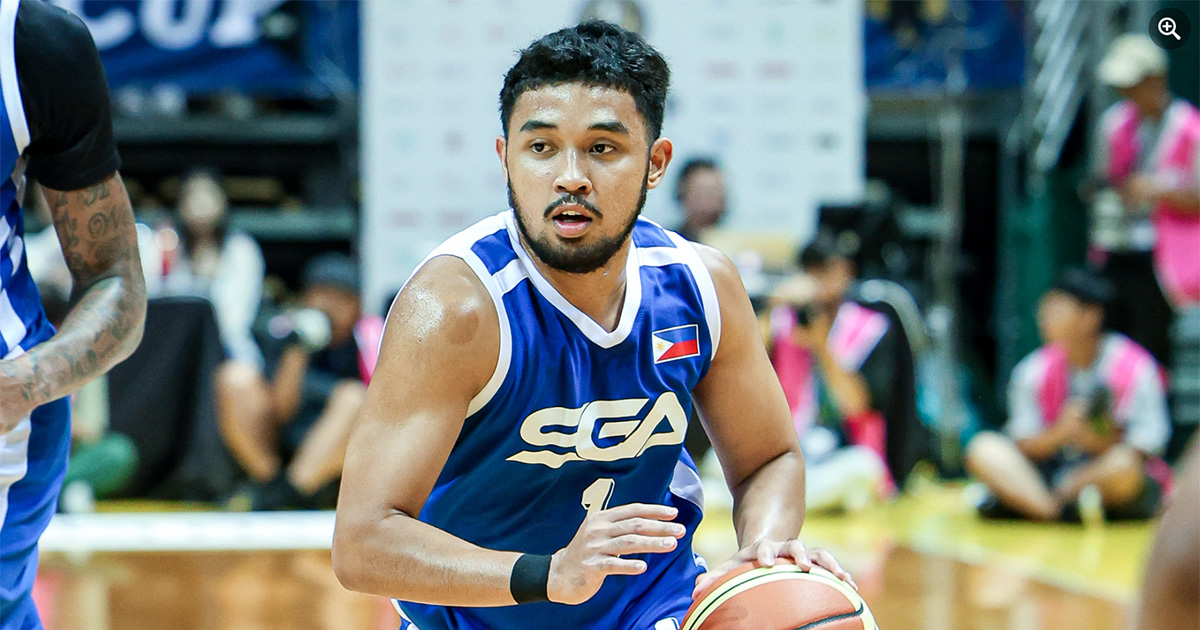Reggie Miller went viral earlier this week for publicly questioning Ben Simmons’s testicular fortitude after it was announced that he would miss Game 4 of the Nets-Celtics series.
Other talking heads followed suit in roasting Simmons, which provided more entertainment than Brooklyn’s brief playoff run. The ever-animated Stephen A. Smith went on a hyperbolic tirade, calling Simmons “the weakest, most pathetic excuse for a professional athlete we have ever seen in not just American history, but the history of sports.”
Shaquille O’Neal called him out for pulling off a ‘punk move’ after Simmons fueled speculation that his return was imminent.
Simmons’s official excuse was that he had a “mental block” that triggered his back problems. It’s total BS of course—let’s get that out of the way and not pretend that we were born yesterday—but I’m not here to single Simmons out. Yes, he’s an easy target for the fans and media given everything that went down in Philly and he’s not really done himself any favors. He goes to games dressed like Derek Zoolander and acts as the Nets’ $30M ball boy.
But he’s hardly the only one who is physically able but mentally unwilling to return to court. The Nuggets’ Jamal Murray has been cleared by team doctors to play for weeks now but never suited up as Denver lost their first round series against Golden State.
Four years ago, Kawhi Leonard turned heel after choosing to sit out games despite being cleared by Spurs’ doctors, which led to this epic rant by Michelle Beadle:
These are just some high-profile examples—you could throw in Kevin Durant’s name there too after choosing to sit out the bubble, though people are quick to give him a pass because he suffered two injuries on the same leg (which may or may not be causally related) in the 2019 playoffs—that give us a peek into the psyche of modern stars.

Before I sit on my grandpa rocking chair and fulminate, I want to make it clear that I think mental health is important and should be taken seriously. Some athletes, like my favorite baseball player Zack Greinke, do indeed suffer from mental conditions that are sometimes career-threatening. Greinke was diagnosed with social anxiety and depression in 2006 and almost quit the majors after just two seasons. He would win the Cy Young three years later and would go on to cement himself as a future first-ballot Hall-of-Famer. Royce White, a former first round pick by the Rockets, missed his entire rookie year because of a clinically diagnosed anxiety disorder, which included a fear of flying. White didn’t have a feel-good story like Greinke; his NBA career was over after appearing in just three regular season games.
This is not what is happening with some of today’s max salary players. There are nuances between Simmons’s and Murray’s situations—Simmons has a history of being a diva, while Murray’s issue appears to be a matter of confidence—but neither is suffering from a debilitating illness that is even remotely comparable to what Greinke and White went through. To lump everything together into a basket of “mental health issues” cheapens the real issues that Greinke and White faced, and others similarly situated are facing.
The more appropriate term for what Simmons and Murray is dealing with is “mental toughness issues,” which stems from their underdeveloped emotional intelligence. They are part of an entitled generation of not just athletes, but people; what Time magazine called the “Me Me Me Generation.” The same guys melting down over Elon Musk’s Twitter takeover. There are a couple of layers to this, but I’ll try to keep it brief because I don’t intend to write a sociology paper.
Let’s start with the selfishness and narcissism, which is what many ex-NBA players were alluding to when they criticized Simmons. Basketball is a team sport and a common refrain was that Simmons let his teammates down—a ‘punk move’ as Shaq put it. By refusing to take the floor, Simmons and Murray put themselves above their teams, which in turn sealed the playoff fates of the Nets and Nuggets.
It cannot be overemphasized that these guys have been medically cleared to play. It’s not as if they’re being rushed to return with an injury that hasn’t been fully healed. This is not a Brandon Roy situation. NBA teams are generally more conservative in managing injuries these days, so when team doctors say they’re ready, it means that they 110% are. The Warriors’ Klay Thompson gave Murray some advice, telling him to “keep in mind the big picture” and there’s “no need to compromise [his] career now.” Thompson knows a thing or two about recovering from injury, but he is proceeding from the wrong premise: Nothing is being compromised with Murray. He is not under any increased risk of further injury. If he returns, his injury risk is about the same as any other player on the floor. Thompson himself suffered a right Achilles injury that was unrelated with his previous left ACL tear. Basketball is a contact sport and injuries can and do happen. But we can say with reasonable certainty that Murray would not have re-aggravated his ACL injury.
Then there’s the matter of fairness. Simmons and Murray are earning the max. Their contracts are fully guaranteed; they’re getting paid even if they turn up to games in street clothes. Think about this: 99% of the world’s population live by the “no work, no pay” rule. I’d love to be able to call my boss and tell him that I’m not mentally prepared to work for six months, but assuming I don’t get fired right there and then, I can’t demand to get paid for the days I miss. That’s how the real world works. Being a professional means doing the job even on days when you don’t feel like it.
It goes beyond just pro athletes earning their keep. If a surgeon can’t handle the mental stress of dealing with patients’ life-or-death situations, we’ll question whether he’s in the right profession. If it were a minimum wage earner with five kids, we’ll tell him to “suck it up” until he finds better work. Why should an athlete who lacks the mental fortitude to return as soon as medically cleared be treated with kid gloves? These guys live in luxury, with access to the best doctors, rehab facilities, and sports psychologists. At least hold them to the same standard as everybody else.
Finally, there’s the competitive aspect. Basketball is a sport. Holding players to the same standard as you and me is actually setting the bar low. Athletes are supposed to have a burning desire to play—like truly, sincerely wanting to play, not just some shallow virtue-signaling tweet saying that they do. Doctors and fans are supposed to be the ones injecting rationality and telling players not to rush back because they haven’t been fully cleared.
Not everyone can be like Mike and take that 10% career-ending risk without batting an eye, but we expect at least some baseline level of competitiveness once that risk is down to medically acceptable levels. Talking about Murray, former Nuggets coach George Karl was absolutely correct when he said, “you’re never going to be 100 percent confident the first time you go back on the court [but] you’ve got to go out there [to find out].” If watching your team get blown out in the first two games and struggle late at home to go down 3-0 aren’t enough to light a fire, then you don’t really want to be out there. It’s that simple.
To be fair, there are still superstars who exhibit that old-school grit. Nikola Jokic played through a bad hamstring in the Nuggets’ elimination game today. Joel Embiid played through a meniscus tear in his right knee last year and is playing through a thumb tear on his shooting hand right now. Giannis Antetokounmpo returned for Game 1 of the Finals last year after hyperextending his knee in Game 4 of the ECF. We should appreciate them while we can because I’m afraid they’re a dying breed.
















sex
sex video
sex